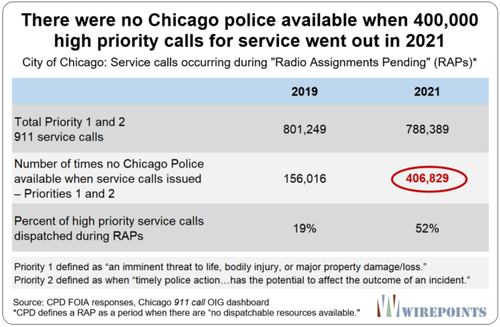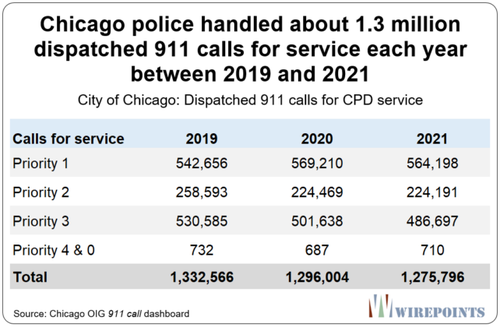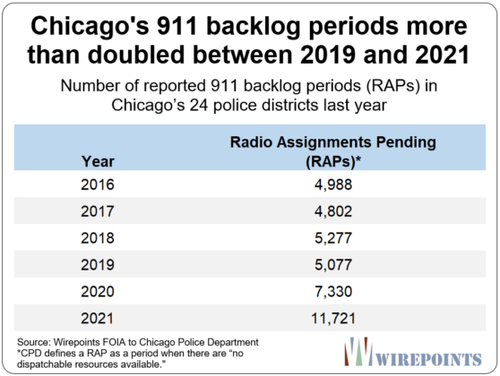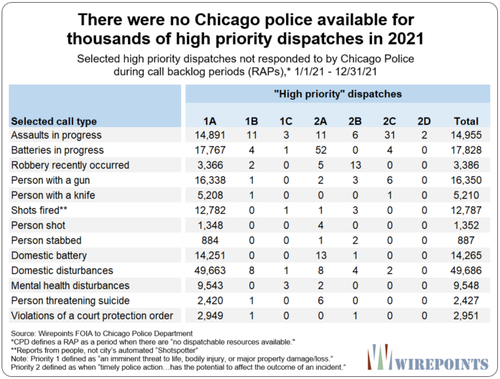Jeremy Faust, MD, editor-in-chief of MedPage Today, sits down with Francis Collins, MD, former director of the NIH and current science advisor to President Biden, to discuss the goals of the current administration, the future of the NIH, and the politics of science policy.
The following is a transcript of their conversation:
Faust: Hello, I'm Jeremy Faust, medical editor-in-chief of MedPage Today and author of the Inside Medicine newsletter on bulletin.com.
e are here in beautiful Aspen, Colorado, at Aspen Ideas Health, and I am joined today by Dr. Francis Collins. Dr. Collins was the leader of the NIH, the National Institutes of Health, under three presidents. Before that, he was the chief architect or conductor of the Human Genome Project. Now, he currently serves as a scientific advisor to President Biden.
So happy to have you with us, Dr. Collins.
Collins: Glad to be here in this beautiful space.
Faust: So, tell me, what's a day in the life of a scientific advisor to the President of the United States. What do you do?
Collins: There is no day that's like any other, that's for sure. It's been mind-expanding, because I thought I knew a fair amount about biomedical research, but the science advisor has to know about everything else too. So I need to know about fusion energy, and I need to know about wildfires and what we should be doing about them, and why we have a shortage of semiconductors and what could be done to solve that problem. All of that mixed in together with other things, like public health issues and many other issues that you just come across.
One of my jobs is serving as the co-chair of the President's Council of Advisors on Science and Technology, which is a group of 30 incredibly smart people who are used to being the smartest in the room. Yet now, they're all in the room together and it's amazing to see the kind of really intellectual intensity that comes out of that.
We have a lot of really important projects to work on, and we have a president who cares deeply about science and wants to talk about it all the time, much to the dismay of his staff. They know if there's a topic on his calendar to do with science, the rest of the day is not going to go well because he will want to spend more time on it than was originally allotted.
Faust: So, what was the last thing that the president asked you about and you came back with an answer? Just kind of give us a sense of your portfolio.
Collins: Well, he cares about cancer a lot, you know that. He was the main author of the original Cancer Moonshot in the Obama administration, having been so affected himself because of his son's brain tumor.
But now, as president, he wants to reinvigorate or re-initiate -- or whatever the right word is -- to get this to the next level. So, the Cancer Moonshot is, again, moving forward, and he wants me to help along with Danielle Carnival, who is his Moonshot person in the White House to make sure we are coming up with the most significant advances that are going to "end cancer as we know it," that is the phrase we're going with, which is to say, reduce the deaths from cancer by 50%.
Faust: When you get a question from the president, obviously you have a pretty broad portfolio yourself, but you have people who help you, a kind of a team, I would imagine. How does that work? You get asked something and then you assemble the troops and say, "Okay, this is the question of the day." How does it really work?
Collins: Well, there is the Office of Science and Technology Policy, OSTP, which is a brain trust for science and technology for the White House. That is an amazing group of dedicated people with expertise across the board. They don't report to me, they report to Alondra Nelson, but she and I work together extremely closely.
It is a little ironic, when I ran the NIH, I could say I had 40,000 staff; in the White House I could say I have two who actually report to me. But I have a lot of other people whose expertise I can tap into, and that works pretty well.
Faust: Speaking of being in the White House and at the center of everything, science and politics have always been sort of mixed together, and one of my readers asked me to ask you: how do you feel when elected members of government go after scientists, and we've seen this with Dr. Fauci. Have you experienced this? What do you think of all that?
Collins: I have. And I have to say I'm really troubled, Jeremy, about the direction that this seems to be going, just at a time where we need science evidence more than ever, certainly for COVID, but for other things as well -- the next pandemic, climate change. Yet, all the evidence is that trust in science seems to be slipping downward instead of moving upward.
And it's gotten all tangled up with politics in a terribly destructive way. Why your political party should be the main determinant of whether you trust scientific information, does that make any sense at all? Especially when it comes to something life-saving, like a vaccine. Yet here we are. We've somehow allowed the divisiveness in our country over almost everything to infect the way that people view science and whether they trust it.
Faust: I don't know you well, but my sense of you is that you're kind of an optimist. I don't know if that's due to your Shenandoah upbringing or something, but that sounds pessimistic. How do we come back from the edge of that?
Collins: Yeah, I am an optimist. I do believe we can come back from the edge. I'm sort of making the diagnosis now that we need to come back from it, that this is a dark moment for our country in terms of the way in which we are treating the value of truth and how we've figured out who we trust and who we don't trust.
I think that realization is becoming a bit more obvious to more and more people, as we see the consequences, for our democracy as well. But getting that turned around is going to require a realization by a lot of people who currently, I think, are fearful of what the consequences would be of going back to any other situation than where they are. We've kind of gone off to our separate corners, and we need to come out again and talk to each other.
I'm working with a group called Braver Angels that aims to try to address this by bringing people with a very different perspective, sometimes some of them pretty militant about it, and actually encouraging a conversation, and also encouraging people to say what you might be wrong about, as well as what you're sure you're right about.
I need to do that, too. We all do. You know, scientists, doctors, sometimes we come across as a little bit elitist or a little bit too sure of ourselves or a little bit unwilling to admit that we've made mistakes, and you know, we do make them.
Faust: I mean, look, I think you and I have been on different sides of issues during this pandemic, and I don't sense any problem here. I literally know that I'm here because Leana Wen likes the way we disagree, and so Leana said, "Oh, they should get Jeremy to come talk ... and we'll do a thing."
So I think there's hope, but I agree that it's a dark moment and I think it takes thick skin to do what you do.
Collins: You would not be a happy person if you took every negative comment as something that's going to ruin your day. Because there's too many of them.
Faust: Yeah. Let's talk about your time at the NIH. Again, you served under three administrations, a long tenure, with 40,000 employees, a very high-profile job, and a lot happened during that time. What's the best thing that you can think of that happened while you were leading the NIH?
Collins: It's hard to pick a thing. One of the things I got to do though, as NIH director, is to survey the entire landscape of medical research and look for opportunities that were ripe. They were ready for a big push that would require bringing people together who maybe hadn't planned to be part of a team, but they could get that vision and get excited about it. We did that for the Genome Project back in the 1990s. Why not for other things?
As NIH director, the Brain Initiative fit right into that. We're now 7 years into an amazing project teaching us about what's going on between our ears. The All of Us Project, precision medicine and precision health to really drill down into how we're all different, and one-size-fits-all is not the best answer to medicine. That came together. And other things like Cancer Moonshot. I'm pretty excited about where we are with cancer immunotherapy because of the big push that's possible to do there.
And right at the moment, seeing the benefits of gene therapy, the advent of gene editing, bringing those things together to cure diseases like sickle cell. Wow. That's hard not to look at and feel really good about.
Faust: Do you think that the funding infrastructure or architecture is set up to reward incremental change, and that people who try something big and fail don't get to come back for more? Is that a problem that you sensed when you were there?
Collins: It's a bit of a problem. We've been trying our best to fight against that. And it's interesting because the scientific community agrees that that could be a problem, but when they sit on study sections and do reviews, sometimes they end up being very conservative about taking risks on things that might fail.
I think we should do even more of that. We've developed a number of programs in the course of the last 10 years that have encouraged high-risk, high-reward research to come forward and not get dinged if it didn't have any preliminary data, things like the Pioneer Awards. And now with ARPA-H, which we should talk about because it has the very explicit goal of identifying things that are going to be high risk, we expect probably half of them to fail, and that's not a bad thing. That says you really took the risk. That's emerging right now. We hope to have a new director, an inaugural director, announced in the fairly near future, and away we go.
Faust: So tell us about ARPA-H. This is the Advanced Research Projects Agency for Health, which is now, if I'm correct, housed at the NIH. Actually one question is, is that the right place for it? How are they going to find a leader for that?
Collins: So in terms of the right place, I think it needed infrastructure to get started. You can't have an organization of this sort without IT support and contracting agents. All that NIH is providing is that kind of infrastructure.
ARPA-H needs to be very independent, be very much a different culture, and bring in people who, for the most part, have not been at NIH. Certainly, the director should be somebody who has credentials from having worked in DARPA or one of the other ARPAs, but is not a standard NIH investigator by any means. I think we're pretty close to having that kind of a person announced.
Then that director will hire program managers, also most of them with DARPA experience, to bring that whole attitude where they say, "Okay, let's find something that seems almost impossible and let's figure out how to do it by bringing together partners." Some of them will be businesses that would never write a grant to NIH, but if they got engaged in a project like this with sufficient funds, they'd say, "Sure, we'll play."
Then the program managers really become managers, and this is more like a venture capital kind of initiative approach, but it's very much the model that DARPA has been utilizing for decades and which has turned out pretty well. Except DARPA had one customer, the Department of Defense. ARPA-H has all of us as customers trying to develop these translational breakthroughs that we all want to see happen.
Faust: I think it's a huge project and it's an important project, and I love that failure is built into it. Because, I mean, knowing your work, you've had a lot of successes, but we skip past the parts where it's hard. And I think that the model that builds in failure and that builds in aggressive ideas that have dead ends, I think that's how we find things.
Of course, things that are developed in one area don't always have the degree of applicability that we thought. No one really thought that GPS would come out or the internet would come from where it came from, but we have these great things. And I think that it's investing in the multiverse that is the ingenuity that we have.
Collins: Well said. And it certainly also reminds us that if we try to be too targeted in our research -- if we're going to put all the money on Alzheimer's disease -- we might miss the big breakthrough, which came from completely somewhere else that needs to be supported too. That's the argument for basic science, of course, and NIH is still the largest supporter of basic science. And, well, they should continue to be.
https://www.medpagetoday.com/special-reports/exclusives/99523



